By Joseph Kellard
On Saturday I was enticed to the Nassau County Museum of Art for the exhibit: “Poetic Journey: Hudson River Paintings from the Grey Collection.” (The next day, the New York Times gave it a well-deserved positive review: "For Serene Transport, Hudson River School Paintings.")
I enjoy some paintings from this school, particularly those of Albert Bierstadt, for their panoramic landscapes of valleys and mountains and their stylized recreation of nature, especially their brilliant colors and sharp contrasts between light and dark (e.g. http://tinyurl.com/dy3y5t). When men appear in these paintings, I view them mainly as a means for the artist to accentuate the vast landscapes and to lend them some perspective.
Unfortunately, my positive experience at the exhibit was undercut, slightly, by some of the descriptions of the paintings (which, I was told, are usually written by the curator):
“Trout Stream” by T. Worthington Whittredge, 1870s
“… The man fishing in the background is symbolic of the smallness of humanity compared to the grandeur of nature. The fisherman seems so inconsequential next to the enormous trees and beautiful, glittering steam that he almost vanishes into the wilderness.”
“View of Yosemite” by Thomas Hill, 1887
(No URL available)
“ … On the left-hand side, there is a man riding a horse, but he almost blends into the earth, which conveys the smallness of humanity against the rising cliffs and the great, never ending expanse of nature.”
Here I was reminded of the passage from “The Fountainhead” when Dominique asks Wynand if he’d never felt how small he was when looking at the ocean:
"Never. Nor looking at the planets. Nor at mountain peaks. Nor at the Grand Canyon. Why should I? When I look at the ocean, I feel the greatness of man. I think of man's magnificent capacity that created this ship to conquer all that senseless space. When I look at mountain peaks, I think of tunnels and dynamite. When I look at the planets, I think of airplanes."
At the exhibit, the curator described another landscape, “Sunset” by George Inness, 1878-79, as follows:
“ … There are no people in this image, though in the background there is a building with smoke of the increasing human presence and the negative impact industrialization has on the Earth’s natural resources.”
Perhaps, the curator recognizes that the smoke stack represents man’s “magnificent capacity” to conquer nature, thus demonstrating how inconsequential nature is next to man’s rational mind.
Sunday, February 8, 2009
Subscribe to:
Post Comments (Atom)

























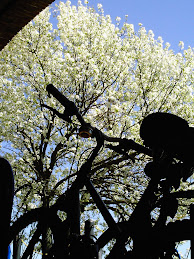



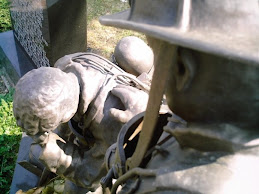
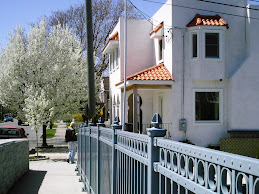
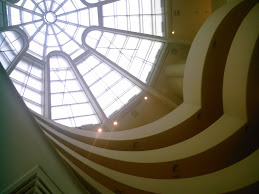+-+June+2009.jpg)


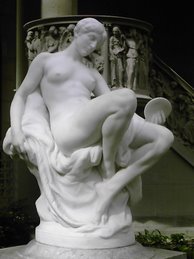


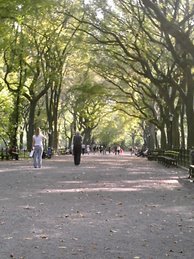


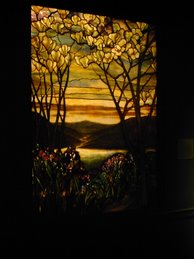


No comments:
Post a Comment